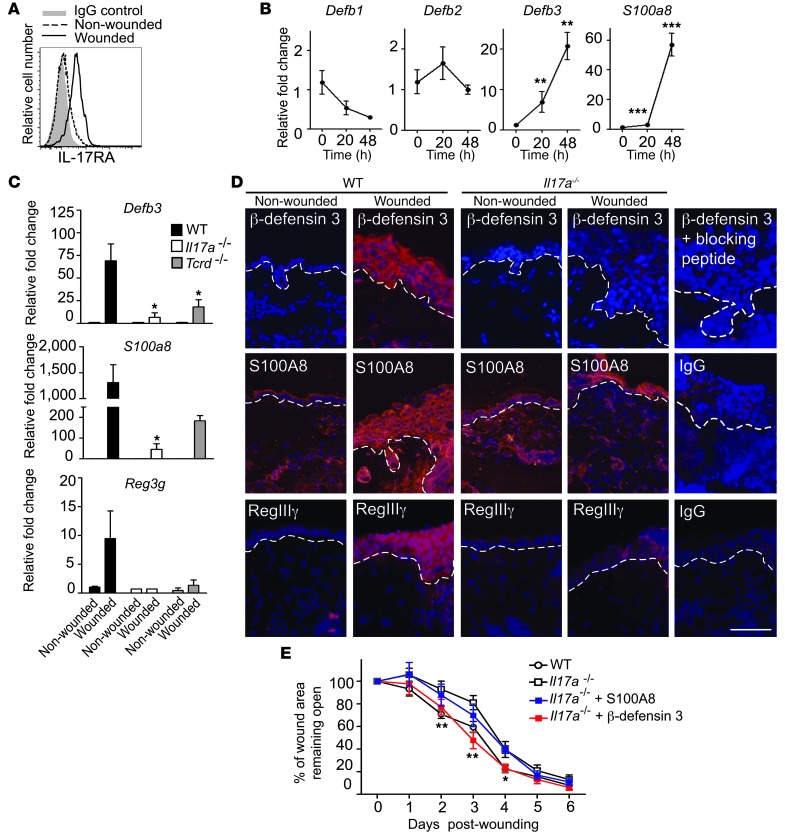Figure 6. IL-17A is critical for induction of epidermal host-defense molecules to mediate wound repair.
(A) IL-17RA expression increases upon wounding. Epidermal cells isolated from nonwounded and wounded sites were stained for IL-17RA 18 hours following wounding. Cells are gated on CD45–. (B) IL-17A induces murine Defb3 and S100a8 in primary murine keratinocytes. **P < 0.01; ***P < 0.001. (C and D) Induction of AMP upon wounding is impaired in Il17a–/– mice. Levels of epidermal β-defensin 3, S100A8, and RegIIIγ were analyzed (C) by qPCR of epidermal sheets from nonwounded and wounded skin or (D) by immunofluorescence staining of wounded and nonwounded skin from WT and Il17a–/– animals 24 hours after wounding. (C) For qPCR, data are pooled from 4–6 wounds and expressed as mean ± SEM from 3 independent experiments. Data are expressed as relative fold change compared with nonwounded controls. *P ≤ 0.05. (D) Antibodies recognizing β-defensin 3, S100A8, or RegIIIγ were used (red staining). DAPI was used to visualize cell nuclei (blue staining). Dotted white lines represent the epidermal-dermal border. Scale bar: 50 μm. (E) β-Defensin 3 but not S100A8 ameliorates defective wound healing in Il17a–/– mice in vivo. Skin wounds were treated with recombinant β-defensin 3 or S100A8, and wound-healing kinetics were measured over time. Data shown represent mean ± SEM of 4 to 8 wounds per condition. *P ≤ 0.05; **P ≤ 0.01, Il17a–/– versus Il17a–/–+ β-defensin 3.

